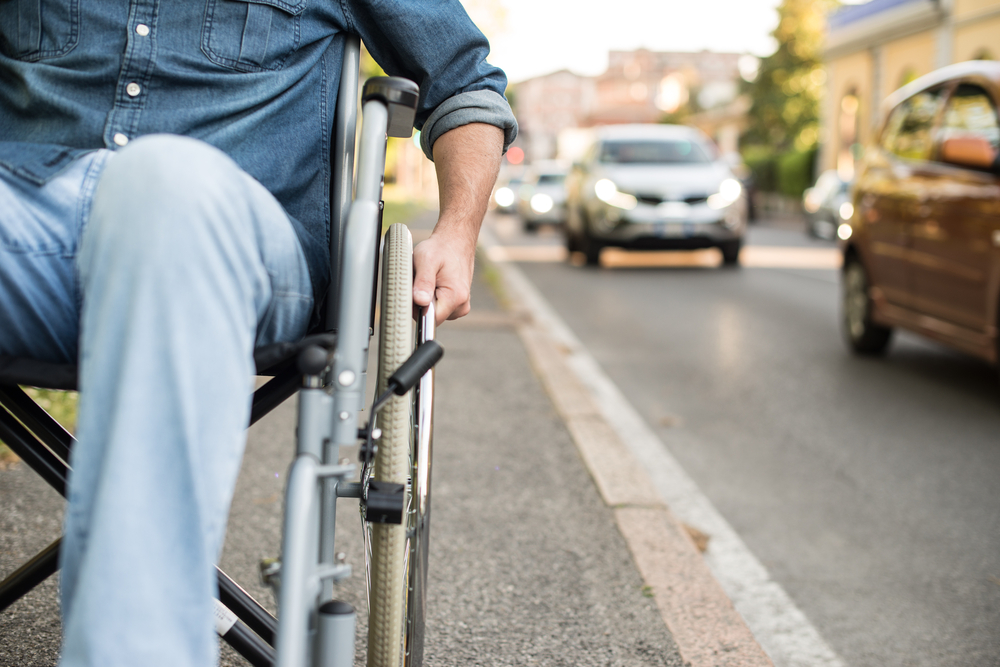
Under new legislation proposed in the Senate and House last week, states would be able to use federal highway funds to build roads that are safer for all users — not just drivers.
The Complete Streets Project is centered around the concept that is its namesake. A complete street refers to one made safe and accessible for multiple travel modes, user age, and various abilities.
“Our roads and sidewalks are far more than a means of transportation, they are a means of economic growth and community development, and we must make them safe and accessible for everyone,” U.S. Sen. Edward Markey (D-MA), one of the bill’s sponsors, said. “When we have ‘complete streets,’ we can have complete communities – comprehensive centers for employment, education, health care, civic life, and commerce. Whether you are traveling by foot, spoke, or pass, everyone deserves ‘complete streets,’ and this legislation will help fund safe transportation options for the 21st century.”
Under the legislation, states would not only be able to pull from federal highway funds to make such accessibility a reality, but they would also be required to set aside 5 percent of funding for accessibility efforts. Sidewalks, bike lanes, crosswalks, and bus stops would all be among the various projects to which they could apply those funds.
Metropolitan Planning Organizations would then have to certify new Complete Streets policies meet minimum requirements determined by the U.S. Secretary of Transportation, who would in turn — alongside states and MPOs — have to adopt design standards for inclusive federal surface transportation projects.
“We are facing a national safety crisis,” U.S. Rep. Steve Cohen (D-TN), who joined Markey on the legislation, said. “Over the past decade, this country has seen a dramatic increase in the number of pedestrians killed while walking. We need streets that can accommodate all means of transportation, from foot traffic and strollers to cars, light trucks, and 18-wheelers. The grants made under the Complete Streets Act will transform communities and make them safer.”